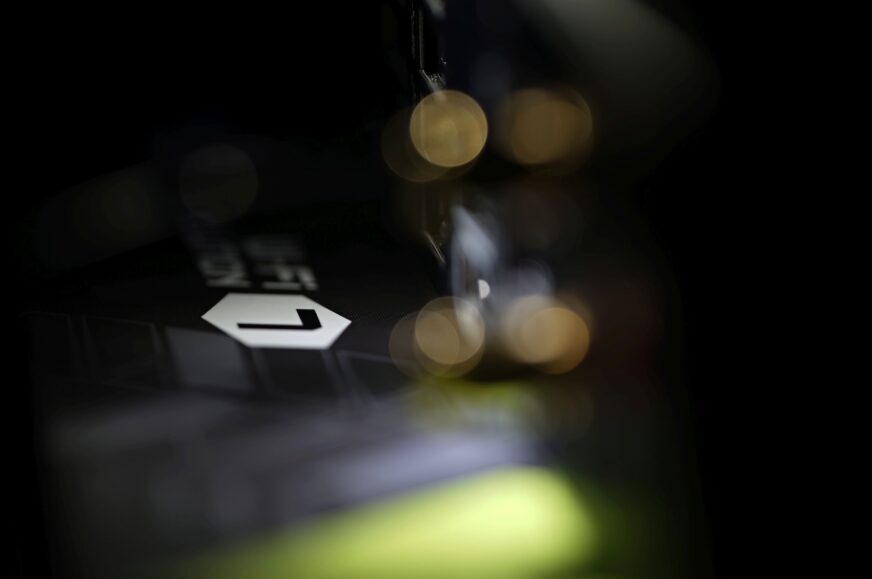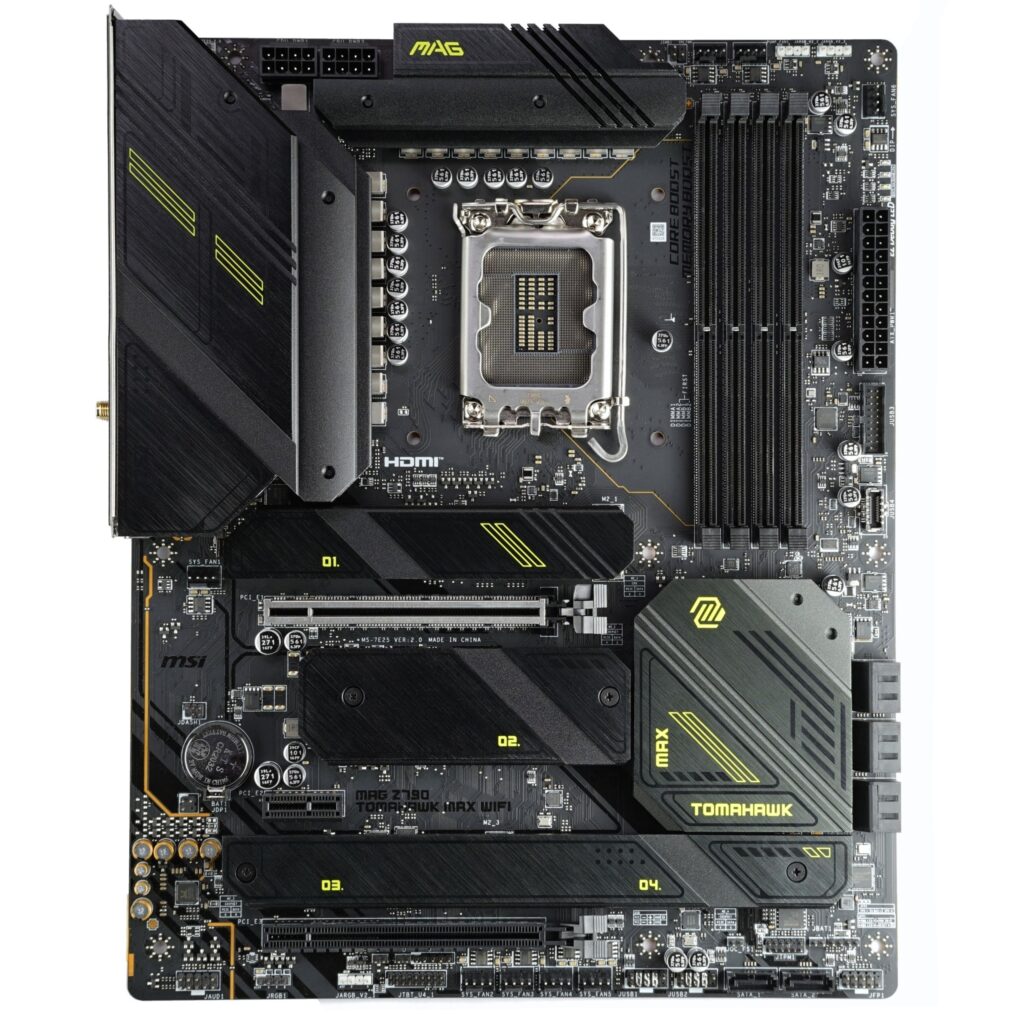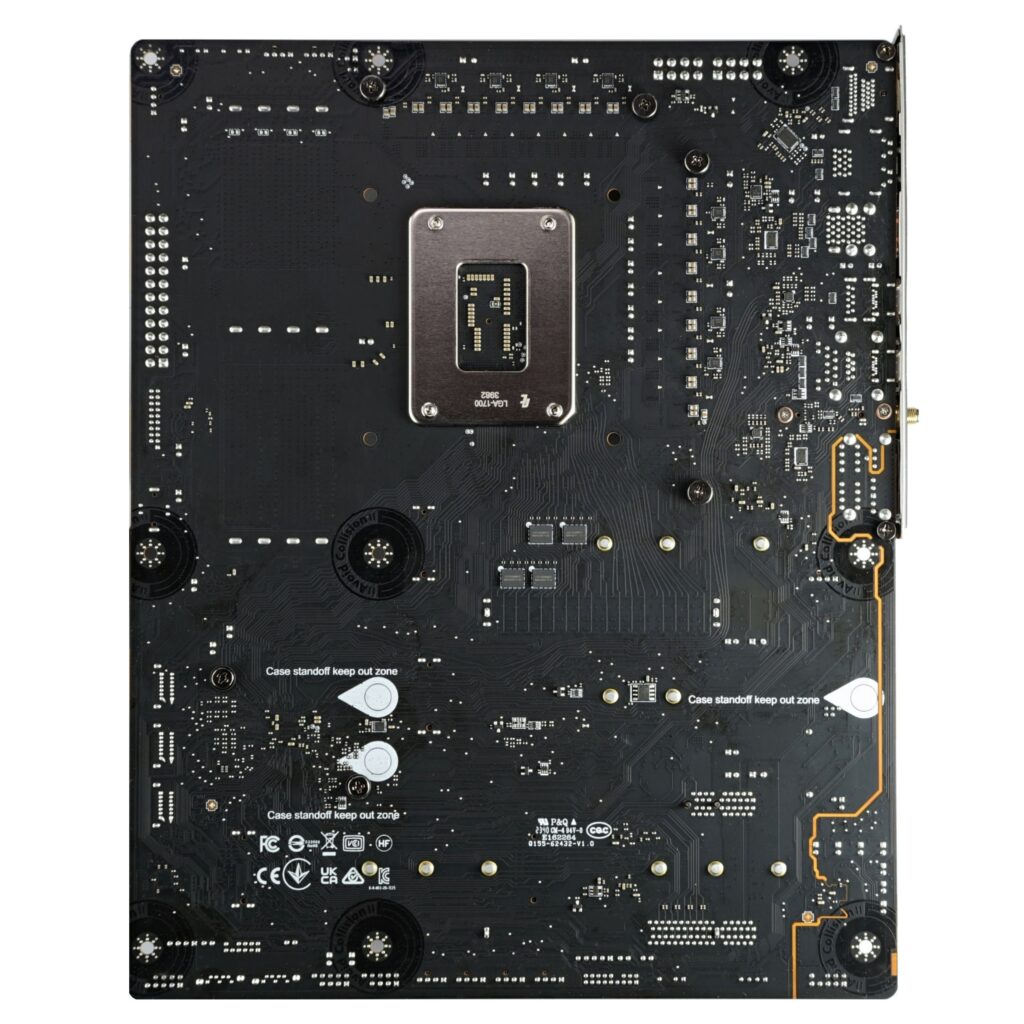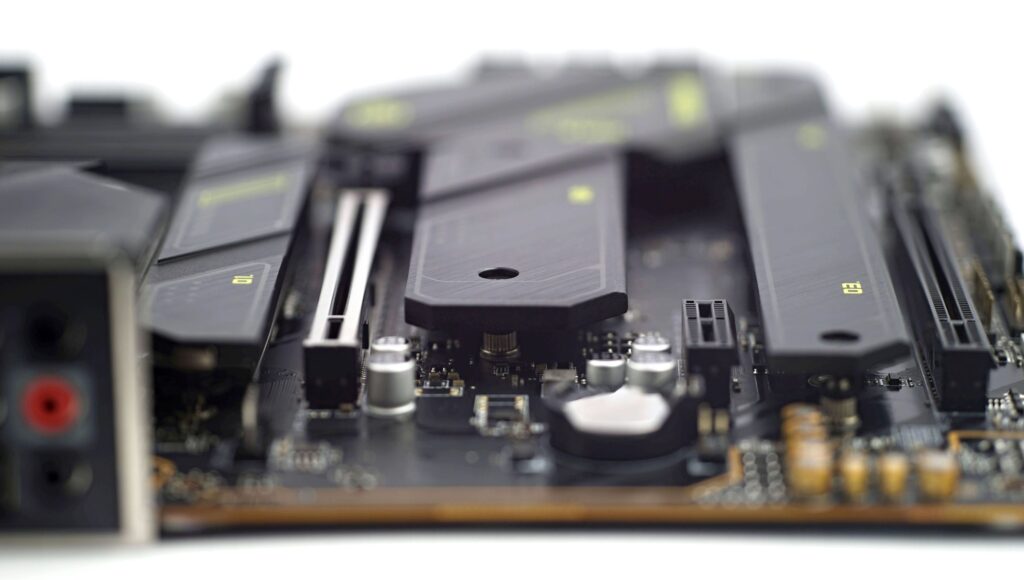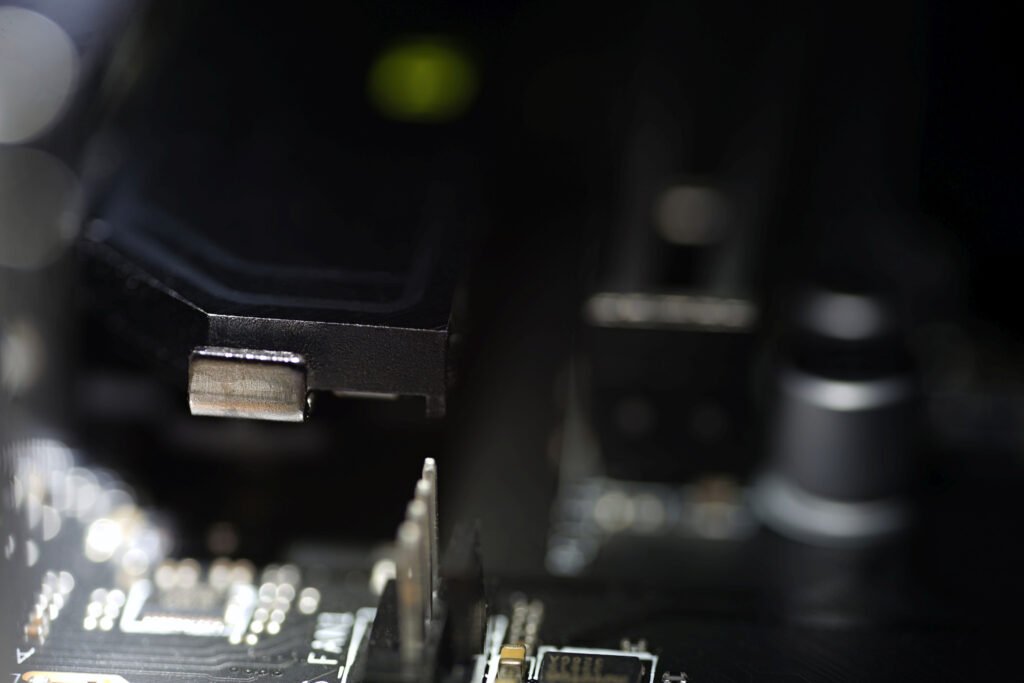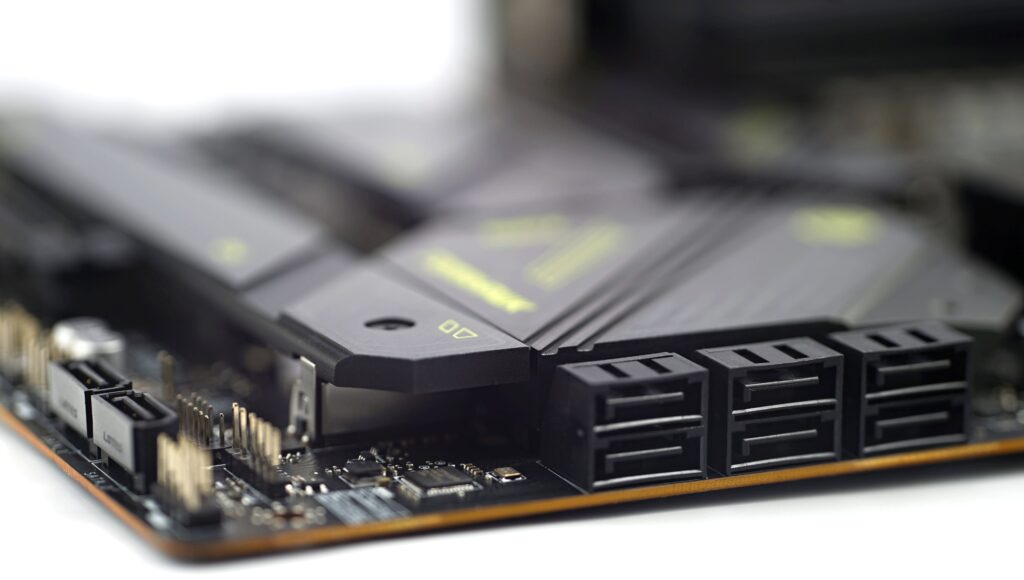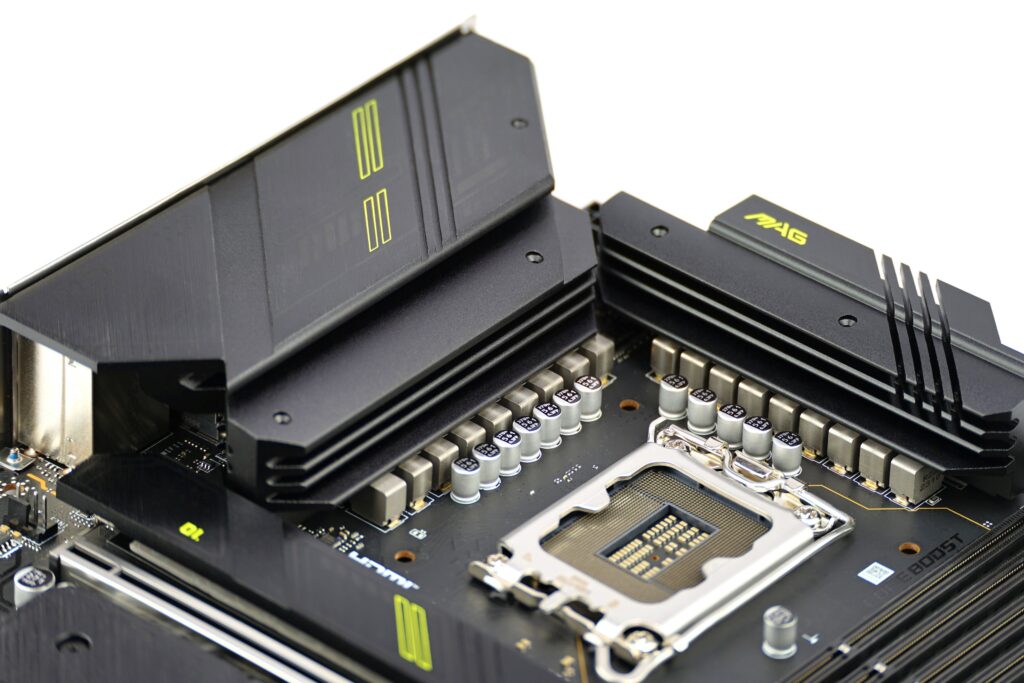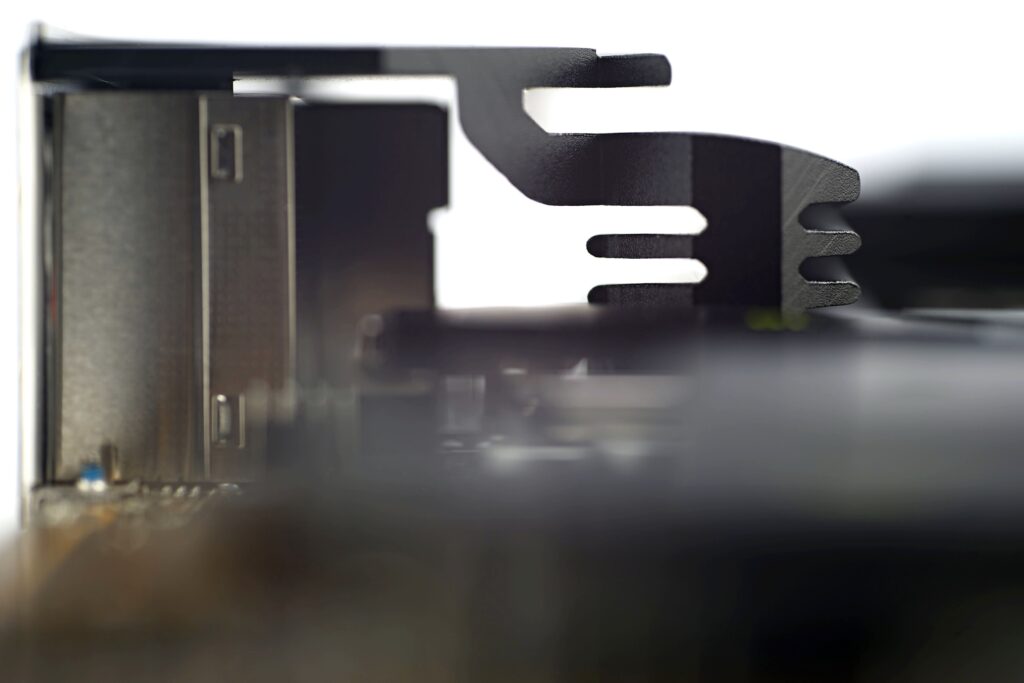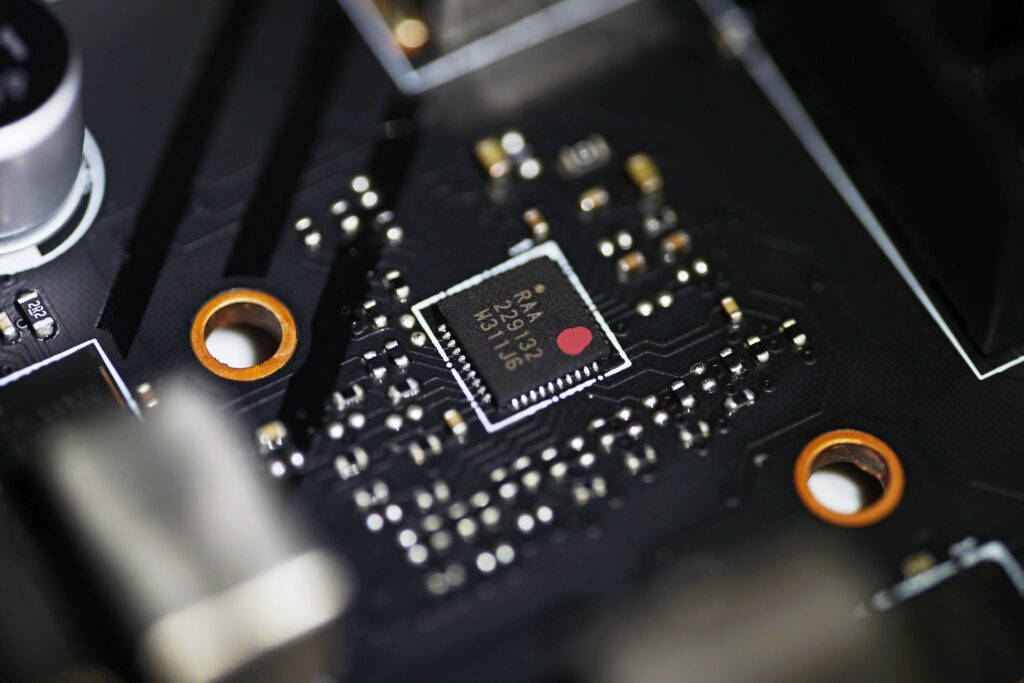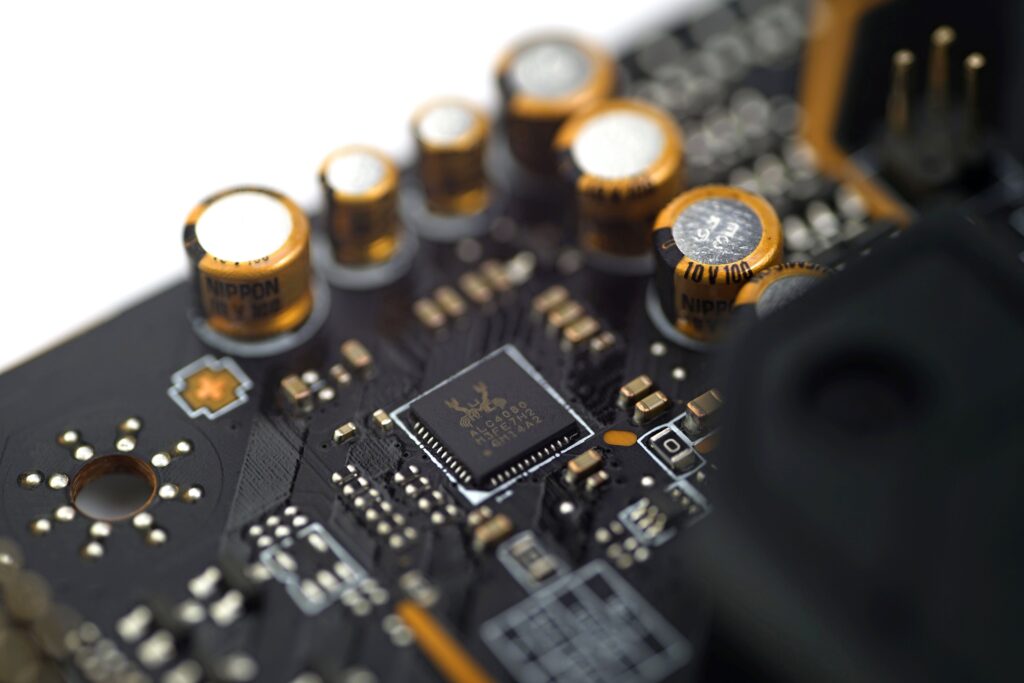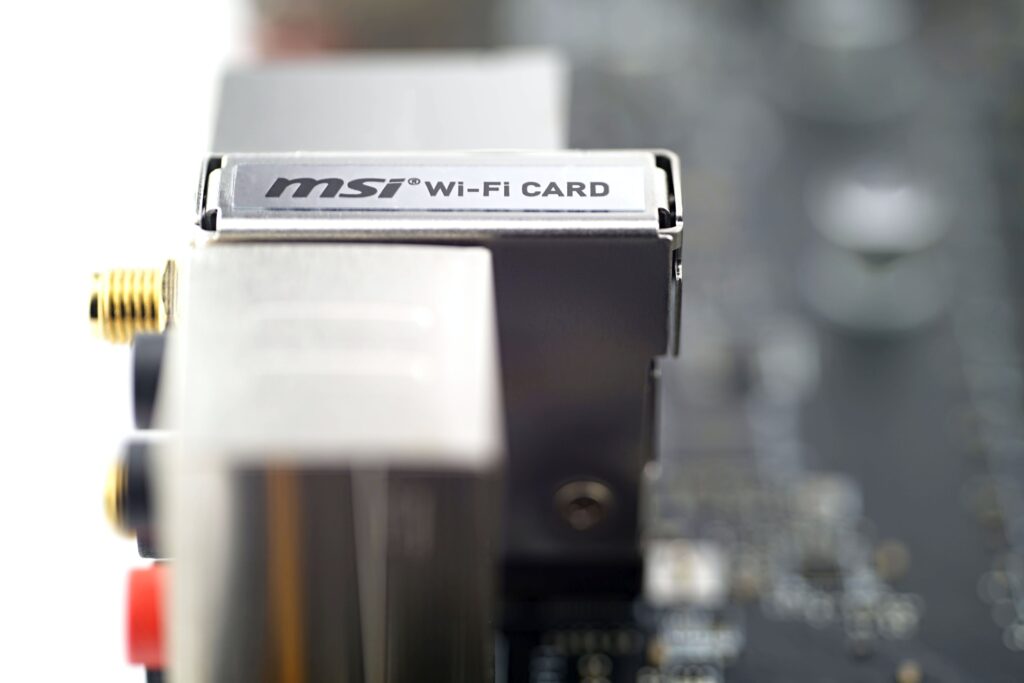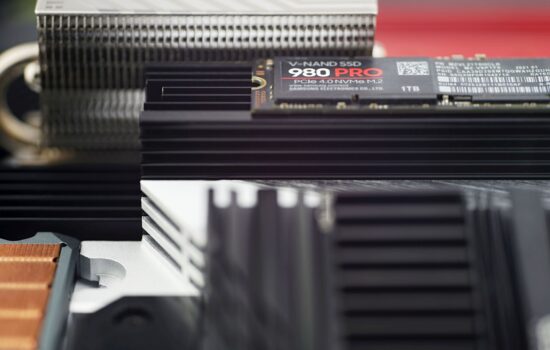MSI MAG Z790 Tomahawk Max WiFi in detail
The second wave of Z790 motherboards, released alongside 125W Intel Raptor Lake Refresh CPUs, is also attractive for its upgraded network connectivity. The latter is also cutting edge on the Z790 Tomahawk Max WiFi. It’s one of the cheapest boards with WiFi 7. But in our tests of it, we’ll naturally be interested in the overall implementation of all the features. That is, what MSI managed better or worse compared to competing models.
The 14th generation of Intel Core processors (Raptor Lake Refresh) is an exception, as with it, motherboards with a new chipset have not been released, but new models have been released that are built on the old chipset (Intel Z790). So the added value is on a different level, outside of the chipset. Over that year or so, of course, motherboard manufacturers have been working on various aspects, which we’ll go through in turn.
| Parameters | MSI MAG Z790 Tomahawk Max WiFi | |
| MSI MAG Z690 Tomahawk DDR4 | ||
| Socket | Intel LGA 1700 | |
| Chipset | Intel Z790 | |
| Format | ATX (305 × 244 mm) | |
| CPU power delivery | 18-phase | |
| Supported memory (and max. frequency) | DDR5 (7800 MHz) | |
| Slots PCIe ×16 (+ PCIe ×1) | 3× (+ 1×) | |
| Centre of socket to first PCIe ×16 slot | 94 mm | |
| Centre of socket to first DIMM slot | 56 mm | |
| Storage connectors | 8× SATA III, 1× PCIe 5.0 ×4 (60–110 mm), 1× M.2 PCIe 4.0 ×4 (60–80 mm) + 1× PCIe 4.0 ×4 (42–80 mm) + 1× PCIe 4.0 ×4/SATA (42–80 mm) | |
| PWM connectors for fans or AIO pump | 8× | |
| Internal USB ports | 1× 4 (with RTD3 support), 1× 3.2 gen. 2 type C, 2× 3.2 gen. 1 type A, 4× 2.0 type A | |
| Other internal connectors | 1× TPM, 3× ARGB LED (5 V), 1× RGB LED (12 V) 1× jumper Clear CMOS | |
| POST display | no (but has debug LED) | |
| Buttons | Flash BIOS, Clear CMOS | |
| External USB ports | 1× 4 type C, 4× 3.2 gen. 2 type A, 4× 3.2 gen. 1 type A | |
| Video outputs | 1× HDMI 2.1, 1× DisplayPort 1.4 | |
| Network | 1× RJ-45 (2,5 GbE) – Intel I225-V, WiFi 7 (802.11 a/b/g/n/ac/ax/be), Bluetooth 5.4 | |
| Audio | Realtek ALC4080 (7.1) | |
| Other external connectors | – | |
| Manufacturer's suggested retail price | 332 EUR |
MSI MAG Z790 Tomahawk Max WiFi
We’ve got quite a representation of MSI Tomahawk motherboard tests, both AMD and Intel platforms, so you can see how the various details within this lineup have changed over time. We’ll point out the key ones, of course.
The PCB format is ATX (i.e., 305 × 244 mm) with three PCIe ×16 slots (in addition to one PCIe ×1 slot), where the first one supports the PCI Express 5.0 interface. This was already the case with the Z690 Tomahawk WiFi though. With the Z790 Tomahawk Max WiFi, there is new PCIe 5.0 support for the first M.2 SSD slot as well. This wasn’t the case with the older Z790 Tomahawk WiFi either.
The cooler on this slot (M.2) is also a bit different. Especially when it comes to the mounting system, which manufacturers have been trying to simplify with a view to making installation as convenient as possible.
Instead of screwing, on one side (right) the cooler slides into the grooves with the teeth and on the other side (left) it just clicks into place. Releasing the latch then starts the disassembly process. We took a look at a similar system last time with the Gigabyte Z790 Aorus Pro X board, where one of the topics was insufficient contact with the SSD. MSI has handled this better, although it still uses relatively small coolers with less radiating area of the shell, so you can’t expect top cooling performance. But the latter isn’t needed in gaming or multimedia PCs, the segment the Z790 Tomahawk Max WiFi board targets (the SSD isn’t usually heavily loaded to the limit of its performance capabilities).
Also notable is the increase in the number of SATA connectors. While there were six on the Z790 Tomahawk WiFi, you can connect up to eight inch-type storage units to the Z790 Tomahawk Max WiFi. Given the frequent inclusion of only four SATA connectors, this can be described as a truly above-standard feature.
Compared to the older Tomahawk Z boards, there’s still an 18-phase power delivery, but one VCore phase (and there are 16 in total) is rated up to 90A. Naturally, in practice, the current load needs to be significantly lower to allow for power efficient operation, but also for the VRM to be able to be kept from overheating. For this (cooling) MSI uses two monolithic aluminum blocks with a total weight of 382 grams (242 + 140 grams). Also worth highlighting is the finned profile and the attempt to have a larger surface area, which is always beneficial when cooling (using the airflow from system fans).
And what is being cooled? The Renesas ILS99390 regulators (or the RAA 220075R0 on the last, eighteenth phase) and the heatsinks are also in contact with the shielding of the coils via a thermalpad. The VRM switching driver is then a Renesas RAA 229132 integrated circuit.
The basis of the audio adapter is a Realtek ALC4080 chip around which are Nippon filter capacitors. We’d love to write on how good a practical solution this is, but you’ll have to wait a little longer for motherboard audio tests. We don’t have the test methodology yet, but it’s in the works.
And WiFi 7. Its module is neatly embedded between the I/O connectors on the rear panel in what is seen as a different approach to what Gigabyte has on the Z790 Aorus Pro X board, for example, where the WiFi module is between the PCI Express slots. The MSI board eliminates the need to run the signal “over the long haul” and it would also be interesting to know which of these solutions makes more sense from a performance perspective. But the stuff around wireless networking is also one of the few things we don’t test on the boards yet (we don’t have a reliable enough test methodology for that). Anyway, it’s still worth noting that the module for WiFi (7) and Bluetooth (5.4) is built on the Qualcomm NCM865 chipset. The theoretical bandwidth compared to the previous WiFi 6E has increased almost 5-fold, from 9.6 Gb/s to 46 Gb/s. In addition, it is possible, for example, to communicate with a router simultaneously on 5 GHz and 6 GHz, where the capacities of both bands are used together (so-called Multi-Link), which was not possible in earlier generations.
Internally, only two USB 3.2 gen. 1 ports can be brought out to the case. Physically, only one 19-pin connector is present, but in turn, the rear panel is packed with options. There are as many as 10 fast USB ports (at least of the 3.2 gen. 1 standard), two of which are Type-C (and one of USB4 with RTD3 support). The audio connector setup is “full”, that is, with five 3.5mm jacks complemented by an S/PDIF optical output. As for the single RJ-45 port and Ethernet in general, it’s worth adding that in this case it’s still 2.5-gigabit (Intel I225-V), although faster ones with twice the bandwidth are already appearing on new, but typically more expensive, motherboards.
Please note: The article continues with following chapters.
- Contents
- MSI MAG Z790 Tomahawk Max WiFi in detail
- What it looks like in the BIOS
- Methodology: Performance tests
- Methodology: How we measure power draw
- Methodology: Temperature and frequency measurements
- Test setup
- 3DMark
- Borderlands 3
- F1 2020
- Metro Exodus
- Shadow of the Tomb Raider
- Total War Saga: Troy
- PCMark and Geekbench
- Web performance
- 3D rendering: Cinebench, Blender, ...
- Video 1/2: Adobe Premiere Pro
- Video 2/2: DaVinci Resolve Studio
- Graphics effects: Adobe After Effects
- Video encoding
- Audio encoding
- Photos: Adobe Photoshop, Affinity Photo, ...
- (De)compression
- (De)encryption
- Numerical computing
- Simulations
- Memory and cache tests
- M.2 (SSD) slots speed
- USB ports speed
- Ethernet speed
- Power draw without power limits
- Power draw with power limits
- Achieved CPU clock speed
- CPU temperature
- VRM temperature – thermal imaging of Vcore and SOC
- SSD temperature
- Chipset temperature (south bridge)
- Conclusion





